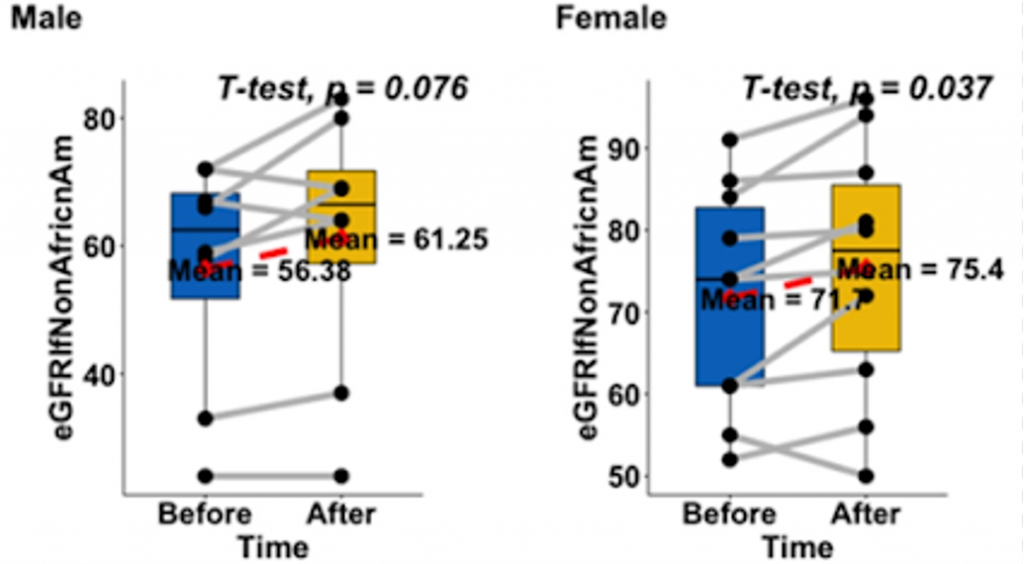Key Points:
- Older adults treated with umbilical cord plasma for 10 weeks have improved kidney function.
- Plasma treatment leads to no adverse reactions.
- Treatment decreases morbidity and mortality risks based on age-related DNA changes.
Plasma exchange — where one’s blood plasma is exchanged for healthier, donor plasma — is considered standard treatment for various diseases, including inflammatory and autoimmune diseases. Now, a clinical study shows that it may also be a treatment for normal aging.
The study, a collaboration between Betterhumans Inc (a nonprofit transhumanists research organization), the Epigenetic Clock Foundation, Baylor College of Medicine, and the University of California Los Angeles (UCLA), published in Aging Cell, focused on the safety of infusing umbilical cord blood plasma into the blood of older adults. Older adults were given plasma treatment via upper-arm intramuscular injections. As a result, the participants had improved markers of kidney function and a lower GrimAge — morbidity and mortality risk estimate based on age-related DNA changes (methylation).
“Our results support the view that plasma concentrate contains youth-promoting factors,” the scientists wrote.
Improved Kidney Function and Bio Age with Plasma
Plasma is the liquid portion of blood, containing vital components, such as vitamins, minerals, and proteins. Plasma and its components change in both quality and quantity as we age, which may contribute to the harms of aging. By using plasma from younger tissue, Clement and colleagues hoped to reverse signs of aging like reduced kidney function. To test this, they injected 18 participants (average age of 74 years old) with umbilical cord plasma on a weekly basis for 10 weeks.
With plasma treatment, the participants had improved kidney function as measured by the estimated glomerular filtration rate (eGFR) — an estimate of how fast the kidneys filter blood — and creatine levels. Additionally, in their evaluation of treatment safety, the researchers found no indications of adverse immune response to the plasma. In fact, some markers of inflammation were decreased rather than increased.

To estimate changes in biological age — age based on biological markers, Clement and colleagues measured changes in DNA markers using blood taken from participants. This biological age estimator method, dubbed GrimAge, was invented by Dr. Steve Horvath, the senior author of this study. The investigators found that with plasma treatment, the biological age of the participants decreased by an average of 0.82 years.

Plasma for Anti-aging Treatment
This study indicates that young plasma may play an anti-aging role. Since kidney dysfunction is a risk factor for cardiovascular disease and other causes of mortality, improved kidney function may be extremely valuable when it comes to increasing lifespan. Furthermore, previous studies have shown that young plasma has positive effects on brain function in aged mice and in mouse models of Alzheimer’s disease. These studies indicate that the effects seen here with cord plasma may represent a valuable anti-aging tool.
On the downside, there were no participant follow-ups to determine how long the results lasted. Additionally, an umbilical cord yields approximately 60 milliliters of blood, translating to approximately 33 milliliters of plasma, where each participant in this study received 1000 milliliters of plasma (the equivalent of about 30 cords worth), likely making this therapy a bit out of reach for most people. Furthermore, outside of needed follow-up, more research is required to see whether infusions and/or intramuscular injections are the best administration method.